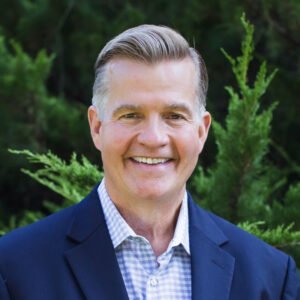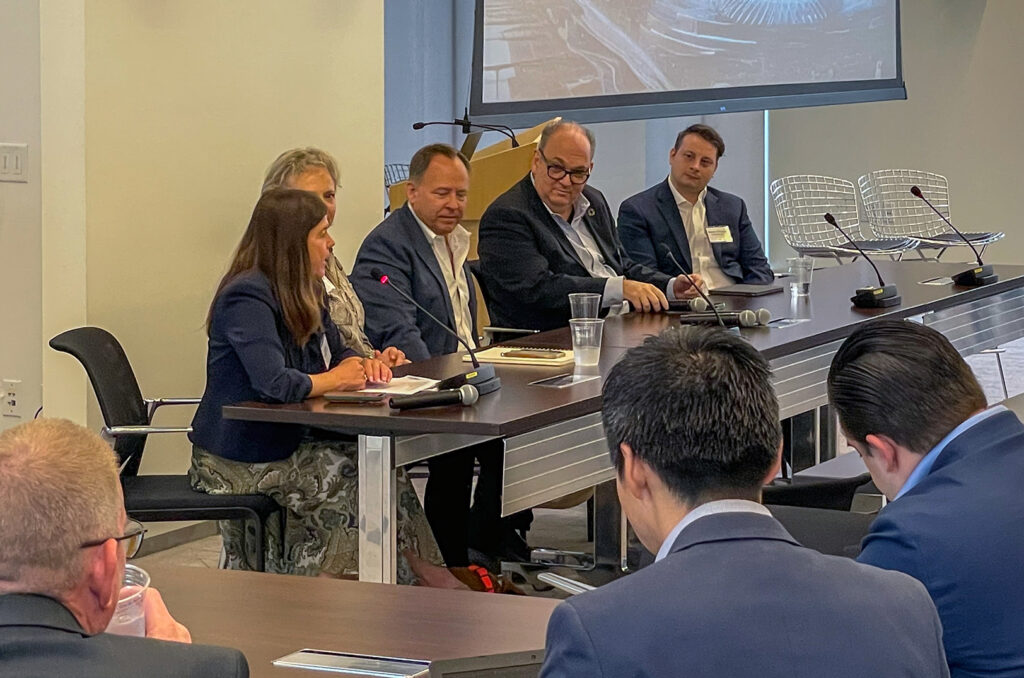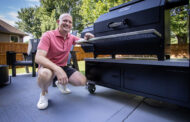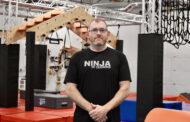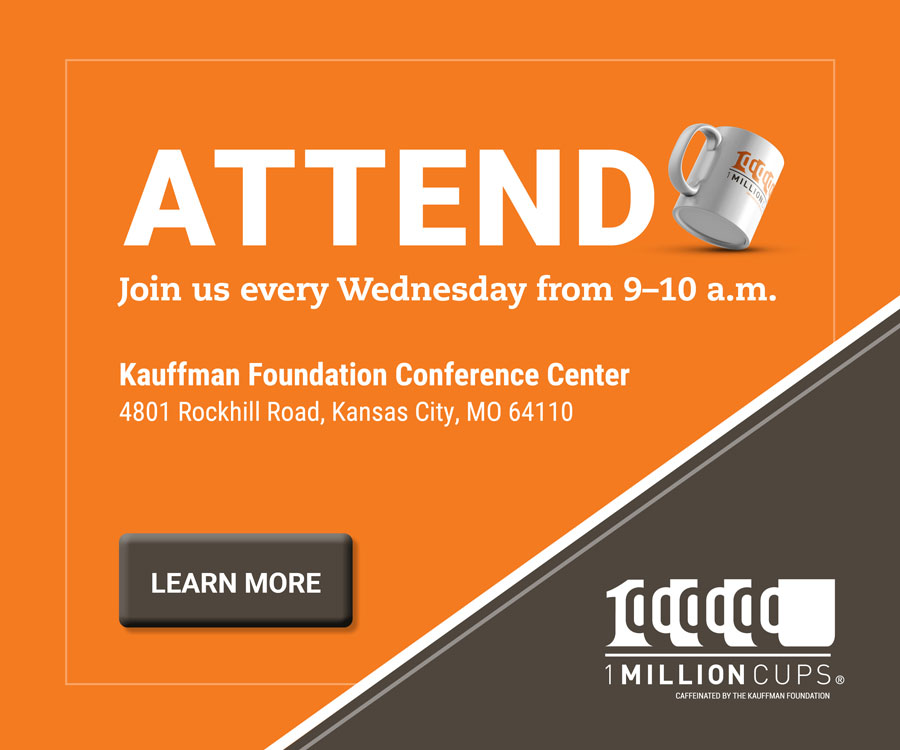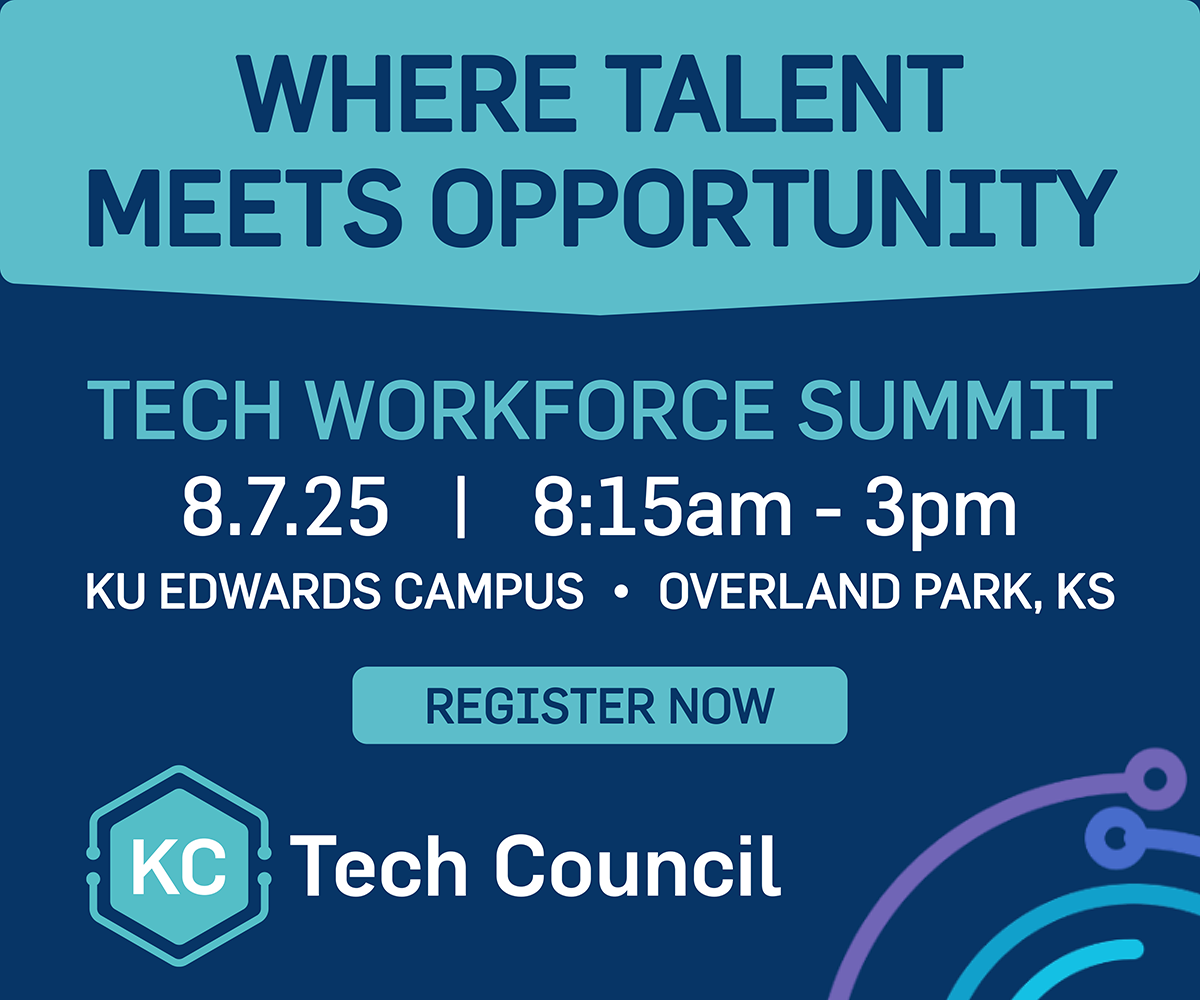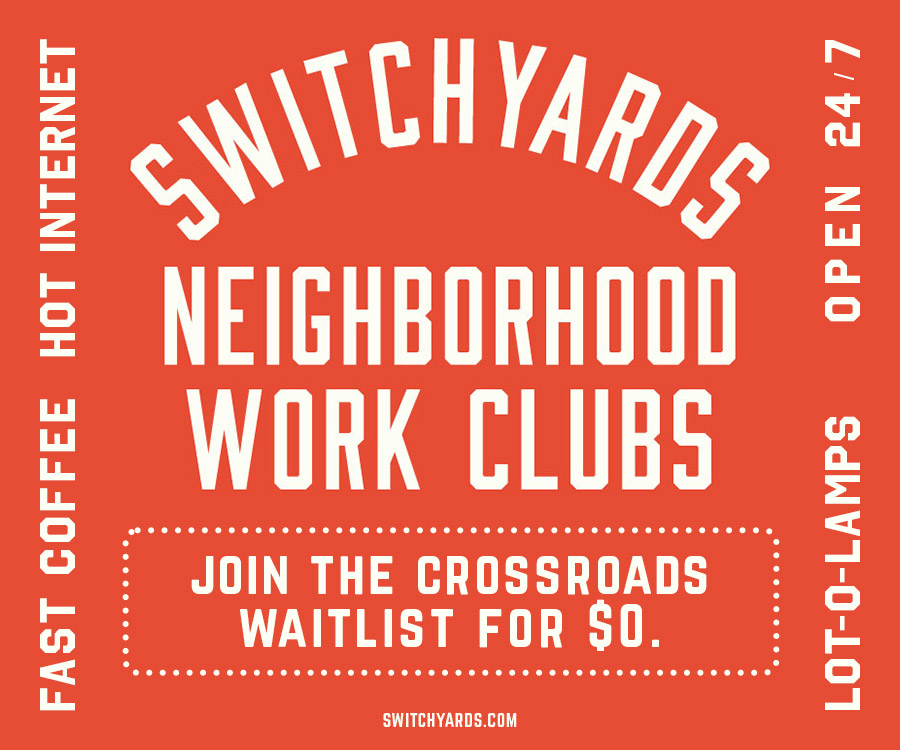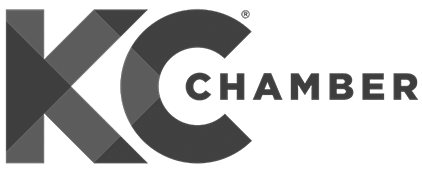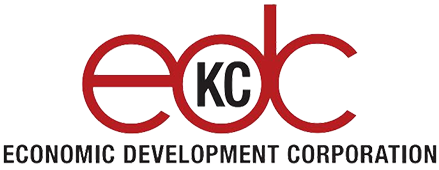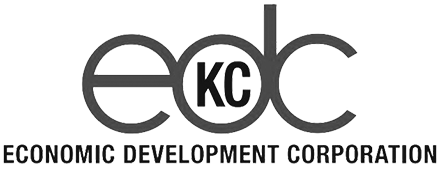As the US races to catch up to Europe, Asia and the developing world with regard to crypto, blockchain and Web3 tech, can the careful creation of talent-attracting digital hubs help close the distance?
Today’s global economy — and its hyper-competitive talent market — rightly sees rapidly advancing technology as a relentless force, said Troy Carlson, but not everyone has a seat at the table. A group of Kansas City leaders hopes to showcase the community’s uniqueness to attract blockchain and Web3 investments they believe will set the stage for a new era of talent and wealth.
“When you’re advertising Kansas City, you’re only looking at one piece of the puzzle,” said Carlson, founder and CEO of Initiatives, Inc., an organization spearheading KC’s first blockchain DAO, or decentralized autonomous organization.
The Kansas City Futures DAO gives people — and their community — a foot in the door, he explained.
“[The organization] is fully transparent and it’s secure on a blockchain,” Carlson said. “Everybody knows what’s happening throughout. … Everybody has a voice. … And what we want to do with the Kansas City Futures DAO is we can display Kansas City to the world in all of our assets and all of the rich things that we have here because nobody knows about it because we are in flyover country.”
With talent — discovered and not-yet-discovered — spread across the globe, while wealth is concentrated in a few regions and cultures, Carlson believes a DAO can act like a key to unlock opportunities in overlooked regions, he said. The DAO serves as an activator of local, high-innovation talent by connecting that talent with global capital, experts and networks.
Standing up a DAO
KC Futures DAO is in the first phase of its fundraising efforts. The goal is to raise $500,000 in the next six months, Carlson said.
“This will be done as a 501c3 via a placeholder non-profit, KC Digital Drive,” he added.
In Phase 1, the DAO’s team of founders will focus on the DAO’s tech buildout and creation of its smart contracts, firming up its administration and other logistics, and ensuring legal compliance, among other tasks.
Phase 2 will incorporate professional marketing services including brand strategy, media, PR services and support, etc.
The total raise for the first year: between $1.6 to $1.7 million, which includes the initial $500,000.
Who gets to join?
So, if organizers are successful in creating the Kansas City Futures DAO, who from within the city gets to be included? Who gets to be vested? Who gets to define it?
Carlson offered the example of the Austin DAO, which “is careful on who they let in, but they really look at this from a very fair and objective way.”
In every community, there are individuals who invest and get a return on that investment, he said, and the growth they spur ideally helps the community as a whole. It’s easy to track how banked persons like that can risk equity and receive a return.
But what about artists? Social workers? Activists and organizers? The list is long.
“If these people are doing the right things in Kansas City, we want them in because we want them to have a voice,” Carlson said. “They can develop an NFT that shows what they’re doing. And a non-fungible token is basically like a Bitcoin, but it’s a digital representation of a person, place, thing, event, you name it.”
The DAO could be a venue through which KC’s movers and shakers “literally digitize Kansas City with all these thousands of nodes out there to show everything of what Kansas City is doing that anybody can look at,” he said.
But what about theft? Getting a return on the investment of making an NFT? How would a maker profit?
Carlson offers an analogy: “Everybody can see the Mona Lisa, but the Louvre owns it.”
How does a DAO work?
DAOs hinge on “smart contracts,” or digitally coded agreements that automate post decision-making actions. In other words, DAO-vested individuals vote on initiatives and other DAO activities, and, based on the outcome of a vote, specific code subsequently executes specific actions.
Actions could include vesting a new party into the organization, increasing or reducing the DAO-circulated supply of a digital token or liquidating reserve tokens to raise traditional funds (in fiat currency like dollars) for the DAO or its vested shareholders.
The DAOs’ voting procedures are transparently recorded using blockchain technology, and voters typically must choose from mutually exclusive options. Furthermore, the more “vested” a member, the more voting power they have. Translation: The greater a member’s token holdings, the more voting power they have.
What’s the big deal with blockchain?
Blockchain itself is essentially a shorthand term for the unchangeable digital ledger (or network of ledgers) of an organization or group of organizations. I.e., it’s a fixed record of inventory, transactions, etc. that eliminates the risk of fraud that can be associated with traditional buying and selling.
In a traditional, two-party exchange, there are essentially two ledgers, one for the seller and one for the buyer, and lack of oversight sets up a risk for disagreement. In the traditional two-party model, one party can deny either being paid or receiving goods, and the system breaks down. Introducing a third party — an accountant, for instance — is one way to mitigate fraud, but if that party is not trustworthy, the system is again jeopardized.
Blockchain’s power lies in its sequencing of data in the ledger — each transaction depends on the one before it, and no new transaction can occur until the previous is verified or labeled accurate by all parties. As each transaction is verified, mitigating fraud at each point-of-sale through multiple verifications, each subsequent, verified transaction is linked to the previous verified transactions, and so on, creating, ideally, a fraud-proof, networked ledger that can be examined by any party in the network. Question a past transaction, and you question every transaction linked to it, bringing all linked transactions’ parties to the table.
Now, imagine that all members of a DAO have their own ledger, or account. And, perhaps the DAO is vesting a new member and that member is to receive some value, maybe a portion of collective DAO holdings or a portion of each existing DAO members’ token holdings, etc. Once a vote has occurred and it is determined the new member will be admitted and vested, either a portion of the DAO’s holdings or a share of current member holdings are transferred to the new member. Transactions are logged and verified by all parties, and then future transactions can occur and be linked to this and others.
DAO revolution is under way
“We view that DAOs will become a kind of airport — everyone will eventually have a DAO talent port,” said Dennis O’Connell, president of the Global Token Standard Association’s nonprofit (ERC 3643), based in Luxembourg, and co-founder and CTO of institutional digital asset marketplace Peregrine Limited, based in Abu Dhabi.
“And so if you’re a talent, you’re looking, well, ‘where do I go after I graduate?’ And the answer’s ‘outside the U.S.,’ and that’s never good for our country. Likewise, if our own family [investment] offices are [finding] better opportunities outside the U.S., that’s also not good.”
The KC Futures DAO, he said, and domestic DAOs in general are “really about reminding ourselves that we have talent here, we have a lot of wealth here, we have a lot of resources here.”
But, domestic DAOs, new as they might seem in the United States, are an almost old idea elsewhere.
According to London and Singapore-based fintech education services provider Centre for Finance, Technology and Entrepreneurship (CTFE), the number of DAOs globally jumped 300 percent to 10,992 between 2022 and 2023. The U.S. is home to but a fraction of these, with perhaps the most notable located in Austin.
According to O’Connell, there is a “huge range of DAOs,” but, he notes, what’s important is “the intentionality.” And that comes down to the people involved.
For the KC Futures DAO, Carlson is joined by Lisa Seim, principal at Strategic Exchanges, Heidi Lehmann, director of strategic investments at Ligo Partners LLC, and more than a dozen others on the founding team, in their attempt to get the organization off the ground.
“It’s about the governance, it’s about the team behind it,” said O’Connell. “And I absolutely credit Lisa, Troy … and Heidi and everyone here that I think what Troy’s putting together is a very adult, institutional approach to a DAO. This really is made for economic benefit for Kansas City… This is really to put Kansas City on the map, maintain a really good presence of interesting innovation happening. Put Kansas City on the global stage.”
To inaugurate the effort, Seim and others — including blockchain luminaries Dr. Alex Cahana, venture partner with “enterprise escalator” Impact Rooms, multi-exit and multi-scale CEO Nitin Kumar and Pamela Norton, founder and CEO of digital asset verification firm TitleChain — were gathered May 14 in Kansas City for” Pioneering Progress: The Kansas City Futures Dao.”
A kickoff conference on the Country Club Plaza, the event was meant to connect members of the founding team, visiting leaders and members of the Kansas City innovation community.
Digitization of assets, talent
“I think we underestimate how so many people are doing stuff without telling us — they’re not asking anymore for our permission,” said Cahana. “And I think it’s important that we be around the table because there’s a lot of stuff happening that [people] are underestimating.”
Among the many hats Cahana wears is that of a consultant to the United Nations on smart cities and digital transformation. He works in Africa and Latin America and, more recently, in Asia and in the South Pacific Islands.
The idea of the DAO is cropping up in unexpected quarters out of necessity, he said.
“In Africa, they don’t wait for the government to help. They’re all about self determination,” he said. “So there are DAOs or communities, there are DAO neighborhoods and DAO cities and DAO islands on the way to a DAO universe.”
“People have to imagine a different life — even this conversation, for example, like a mini DAO now, it has value. We are creating knowledge and there’s a knowledge market out there,” said Cahana. “There are buyers that are willing to pay hard cash for the knowledge that we’re creating.”
“A DAO offers a way — and we can call it tokenization — to monetize in the good sense of saying give value to what we’re doing right now,” he continued. “That’s why I say it’s an emerging business model. People are not used to thinking that the most valuable thing that they have is who they are. [We] have tons of connections and thoughts and ideas… [We’re] just not getting paid the usual way with colored paper money for it. … But it can happen.”
When someone owns a webkey that has been given value, they can sell and monetize it, Carlson added.
“That’s one way [the DAO] can generate revenues,” he said. “We can act like a broker-dealer, take our cut and give [KC makers] a platform to display those NFTs.”
The possibilities are virtually limitless, Carlson noted, incorporating Kansas City’s attributes into its potential within blockchain.
“Imagine if you’d never been to Kansas City and you can go and do an NFT where you can get on the streetcar at Union Station and go through a virtual tour all through downtown,” he offered as an example. “You can go into all the different restaurants. You can go see the performing arts center. You can go see the Crossroads. People who don’t know about Kansas City now, they can see it and they can buy social tokens to become a part of the community.”

